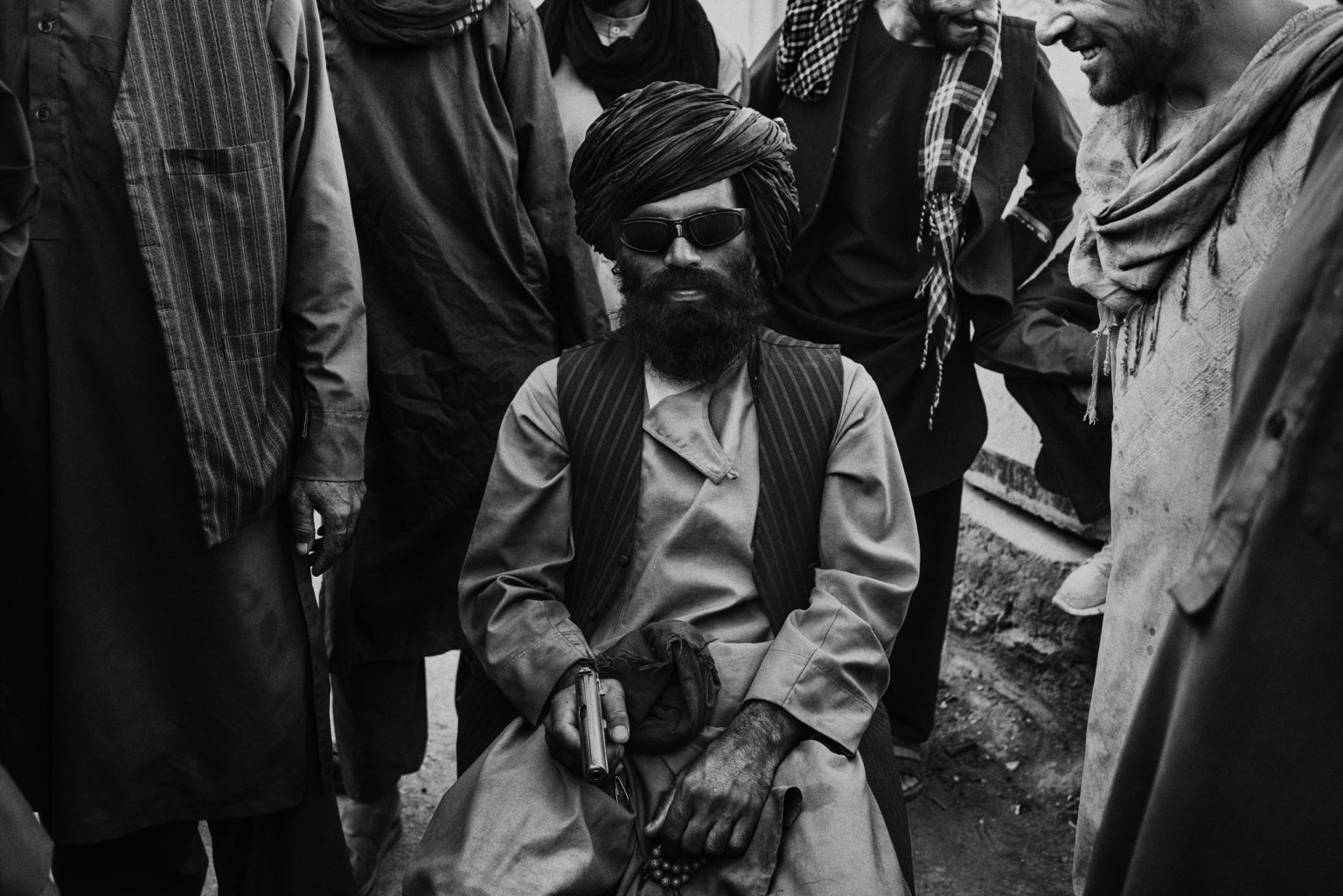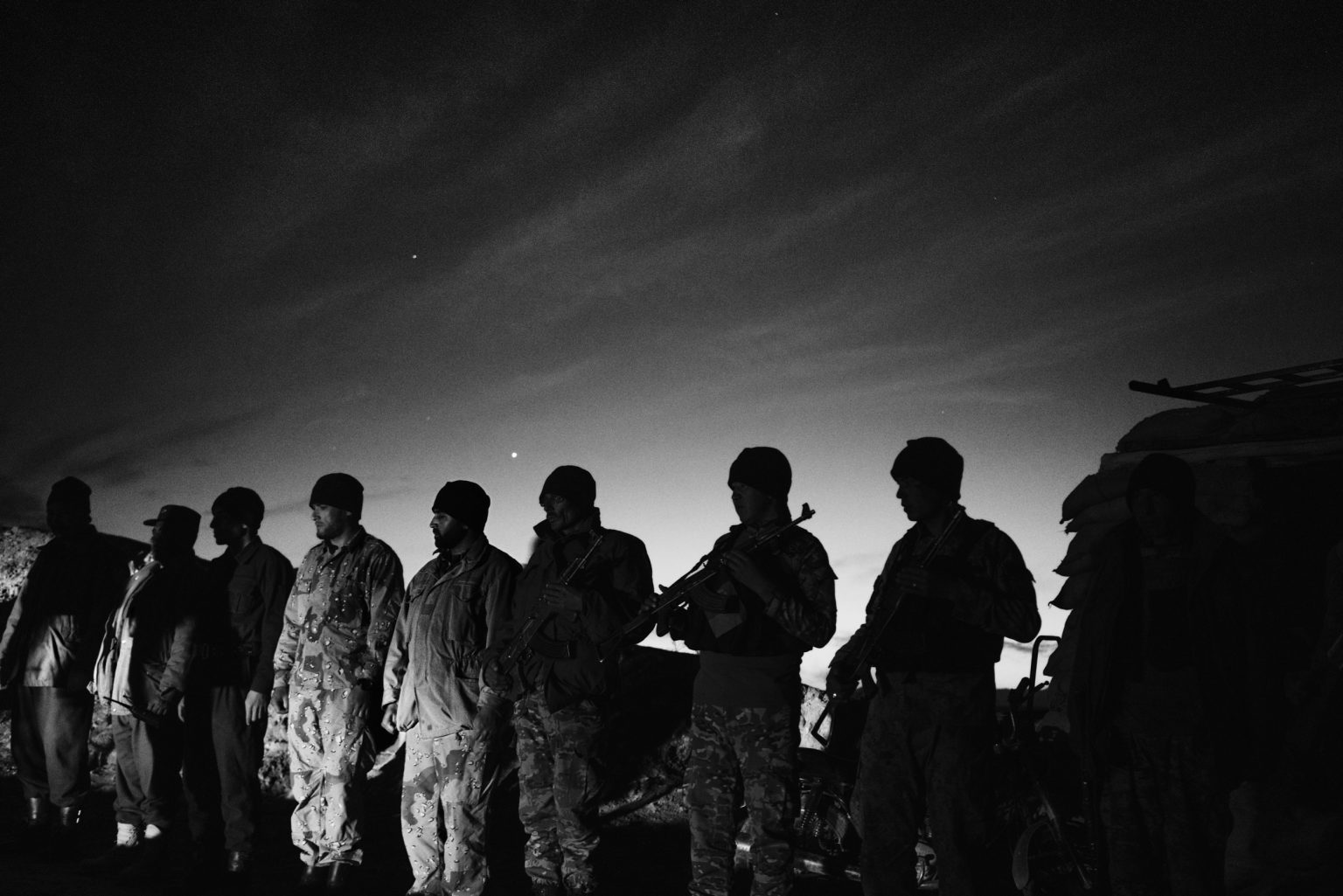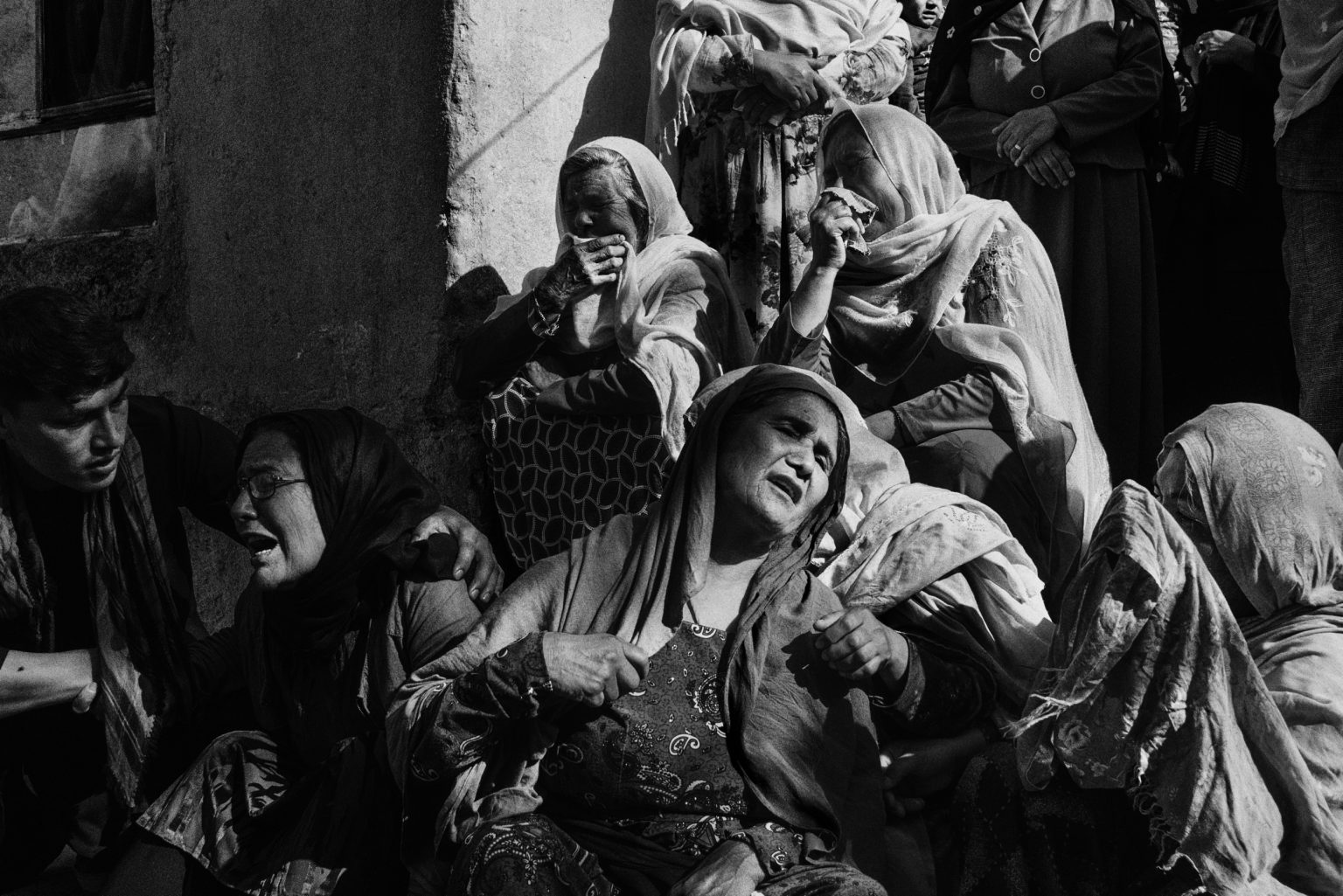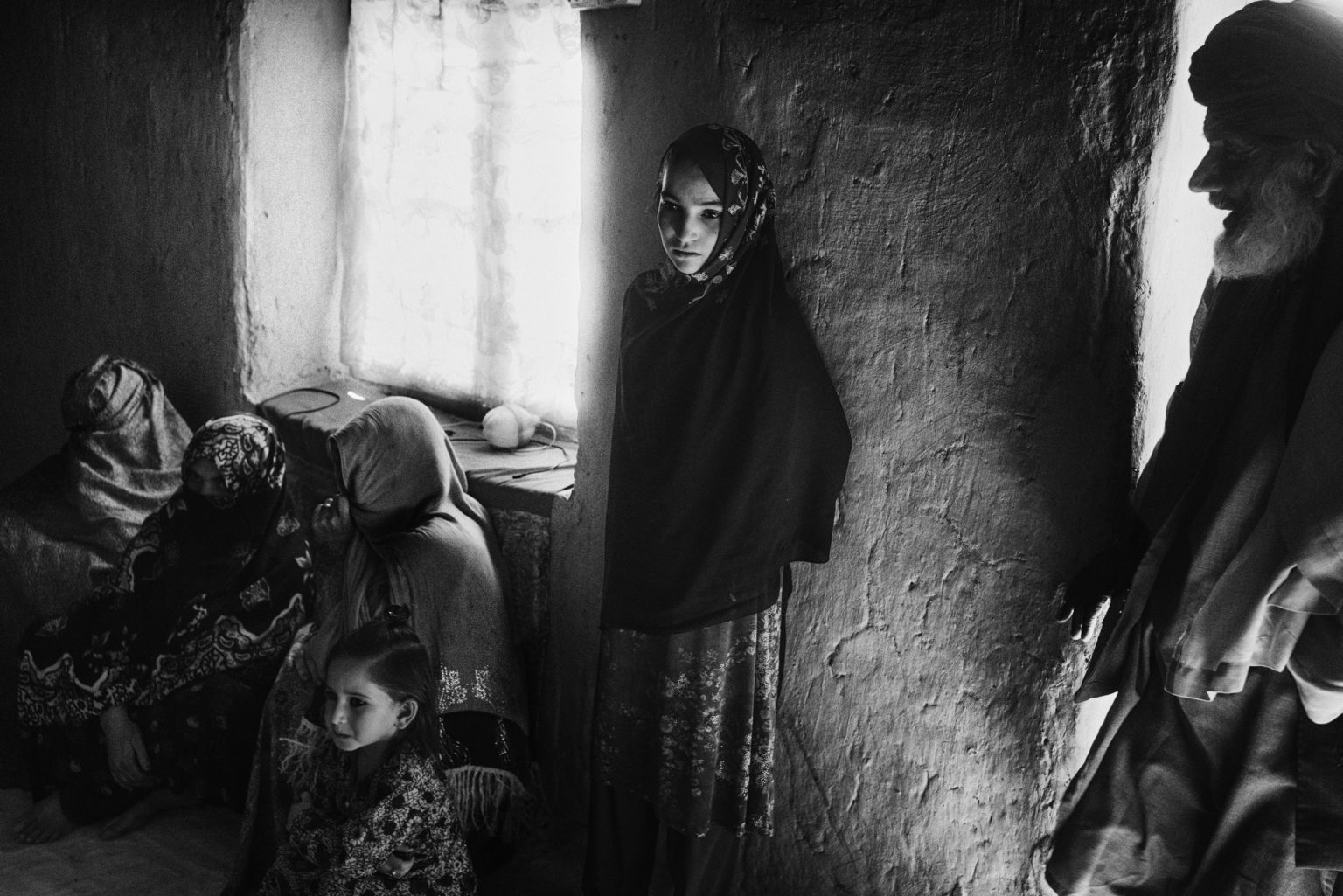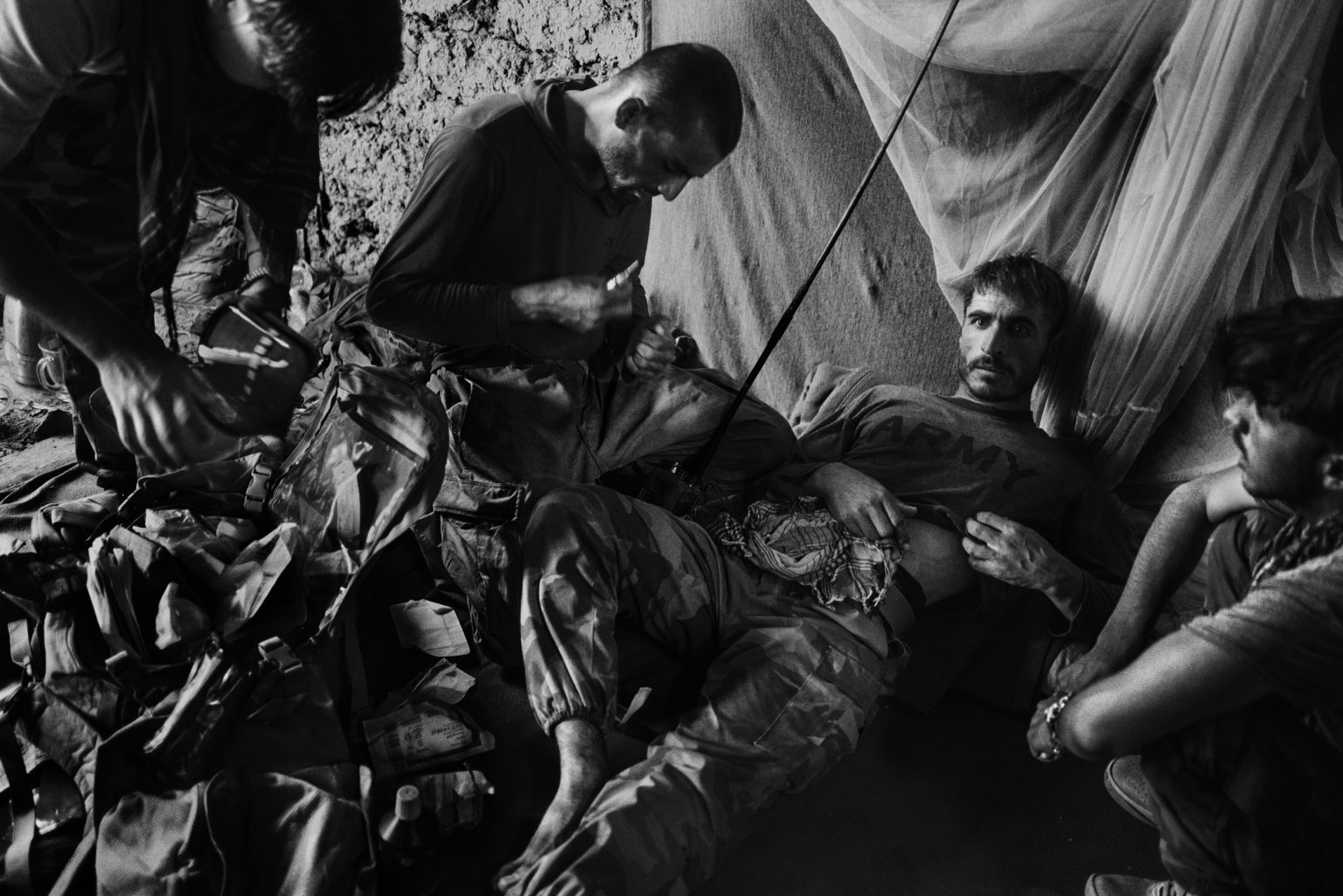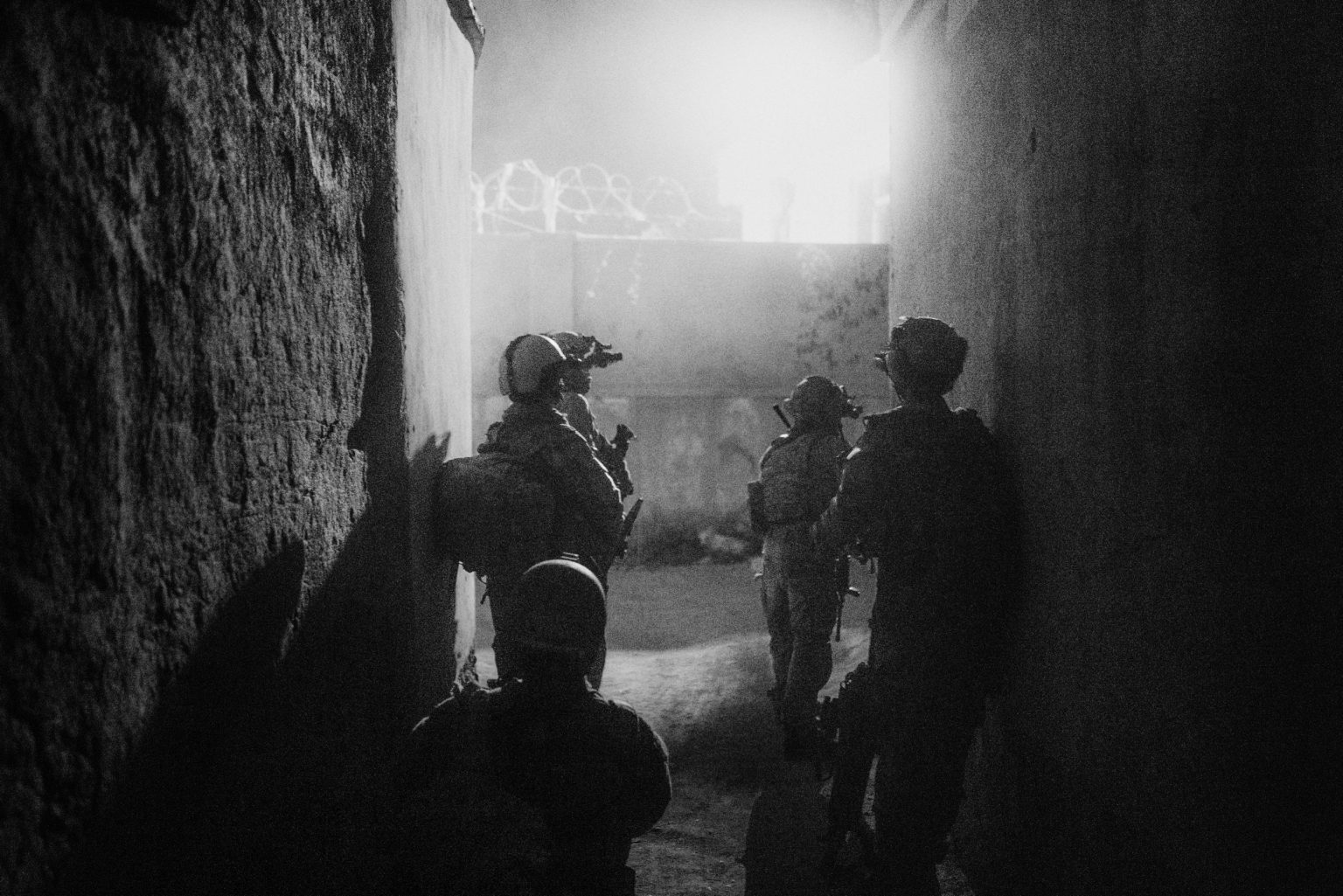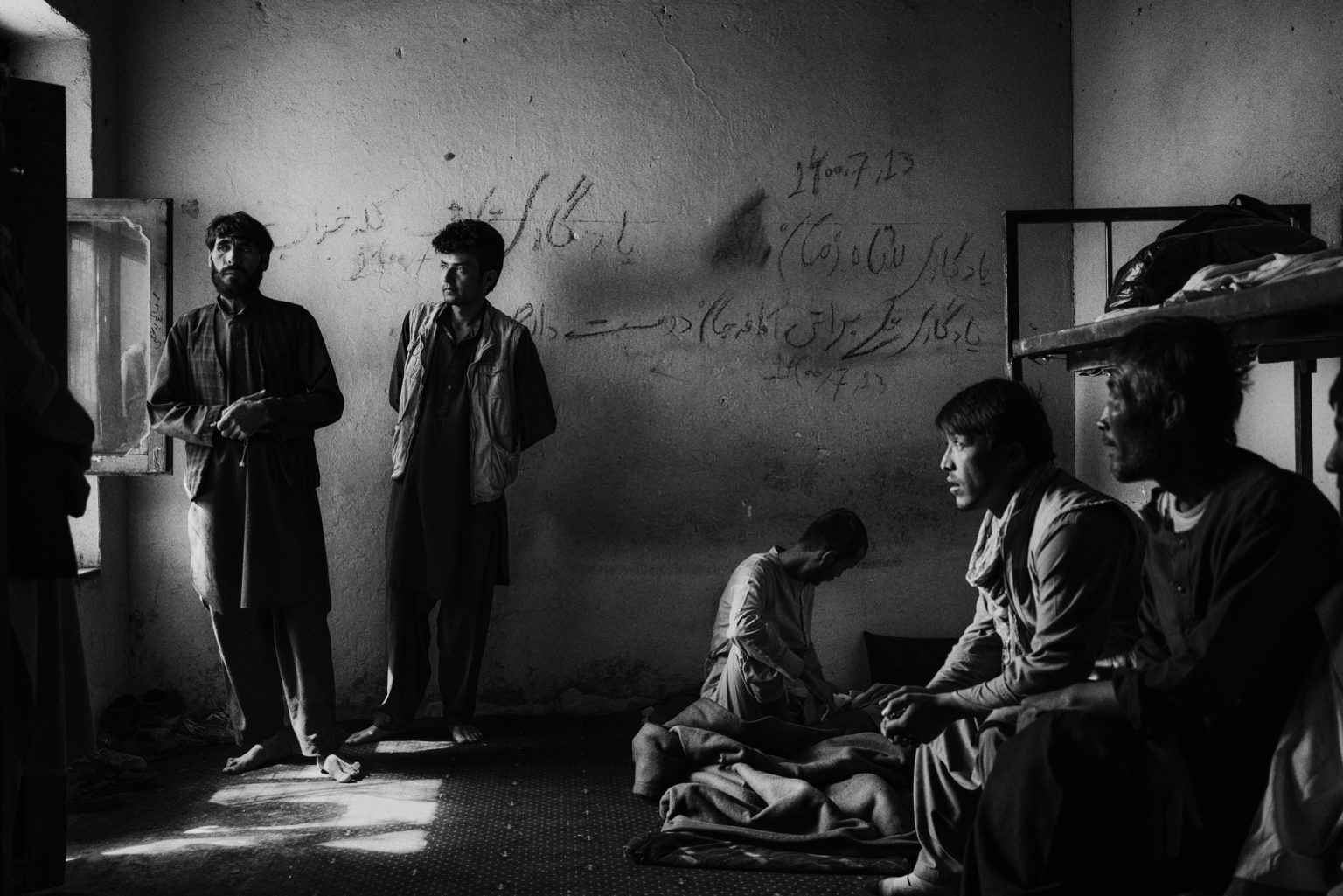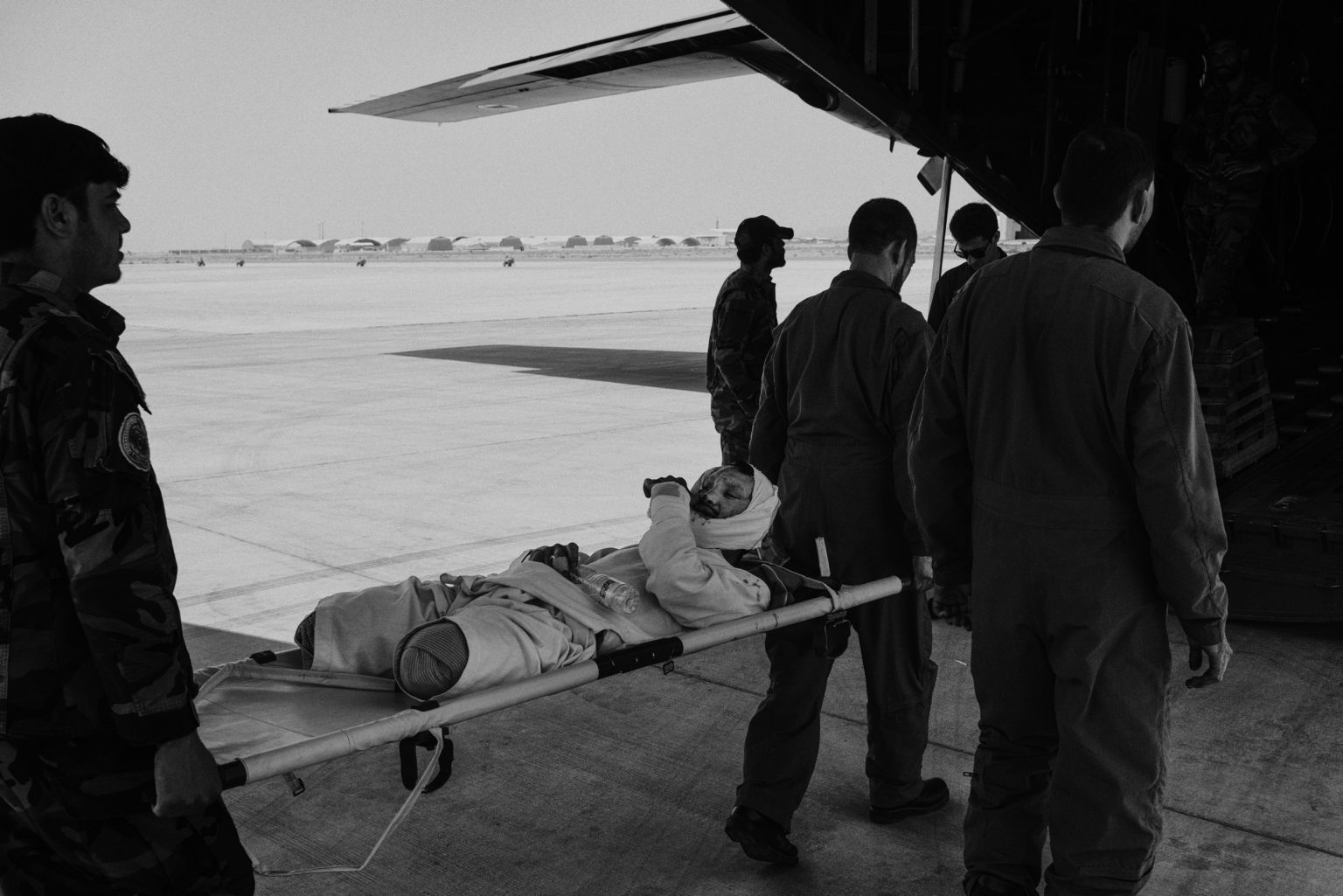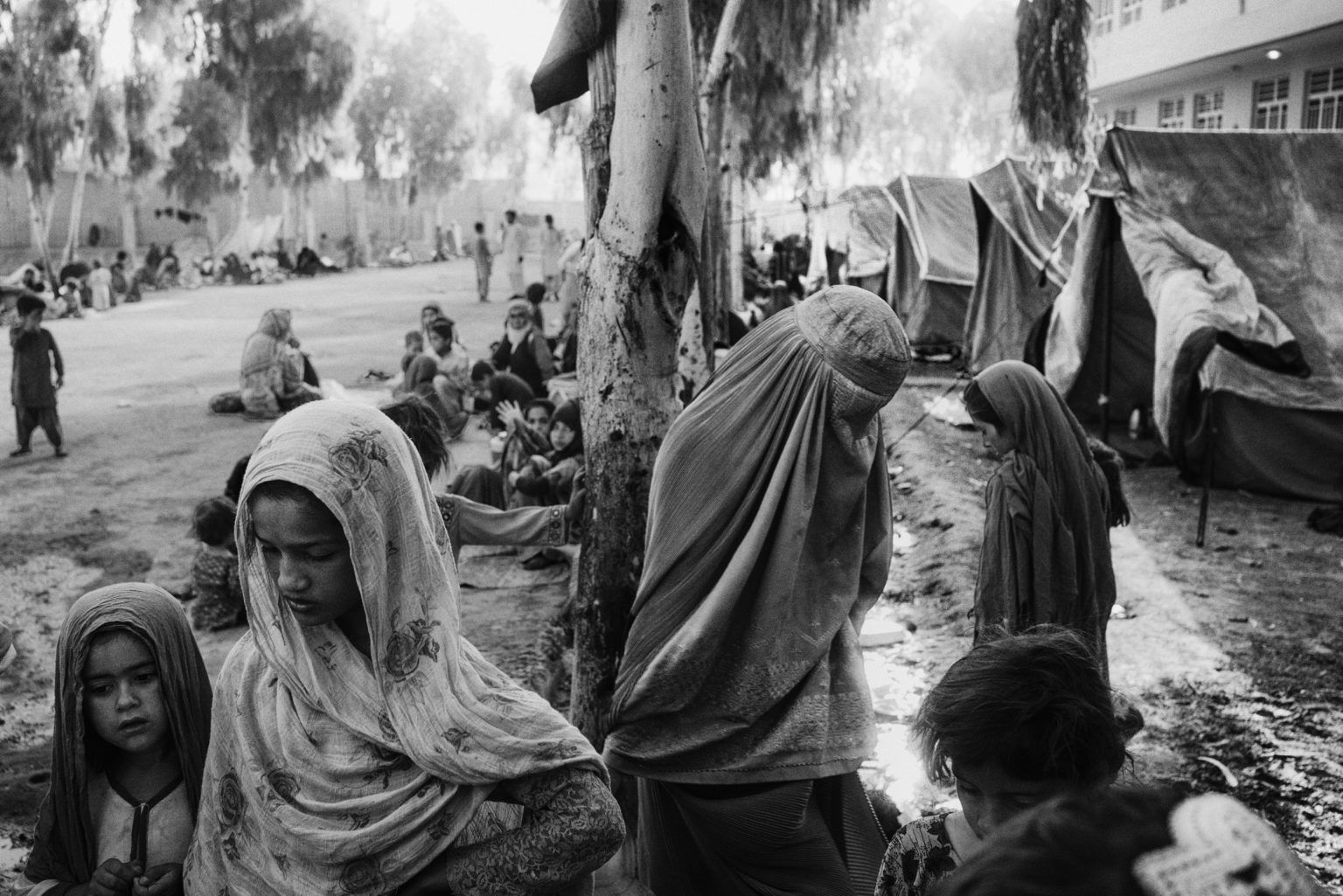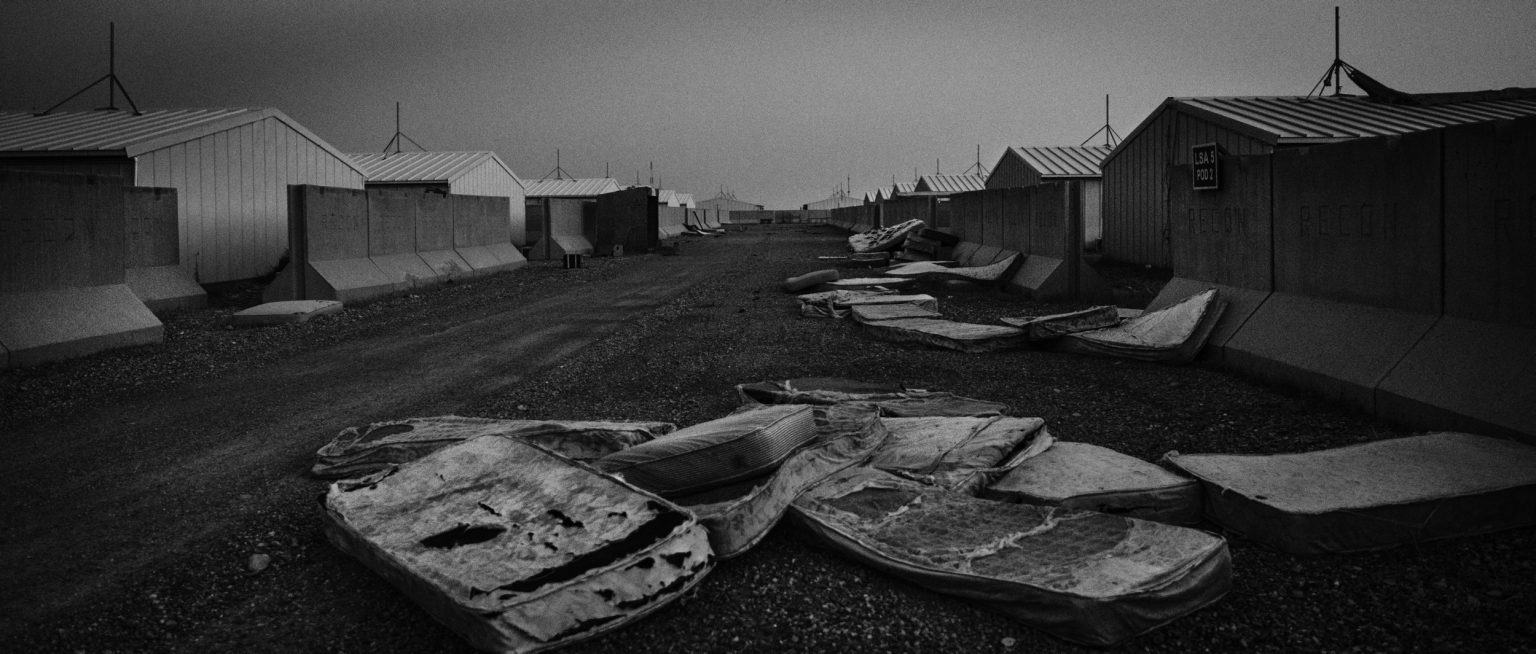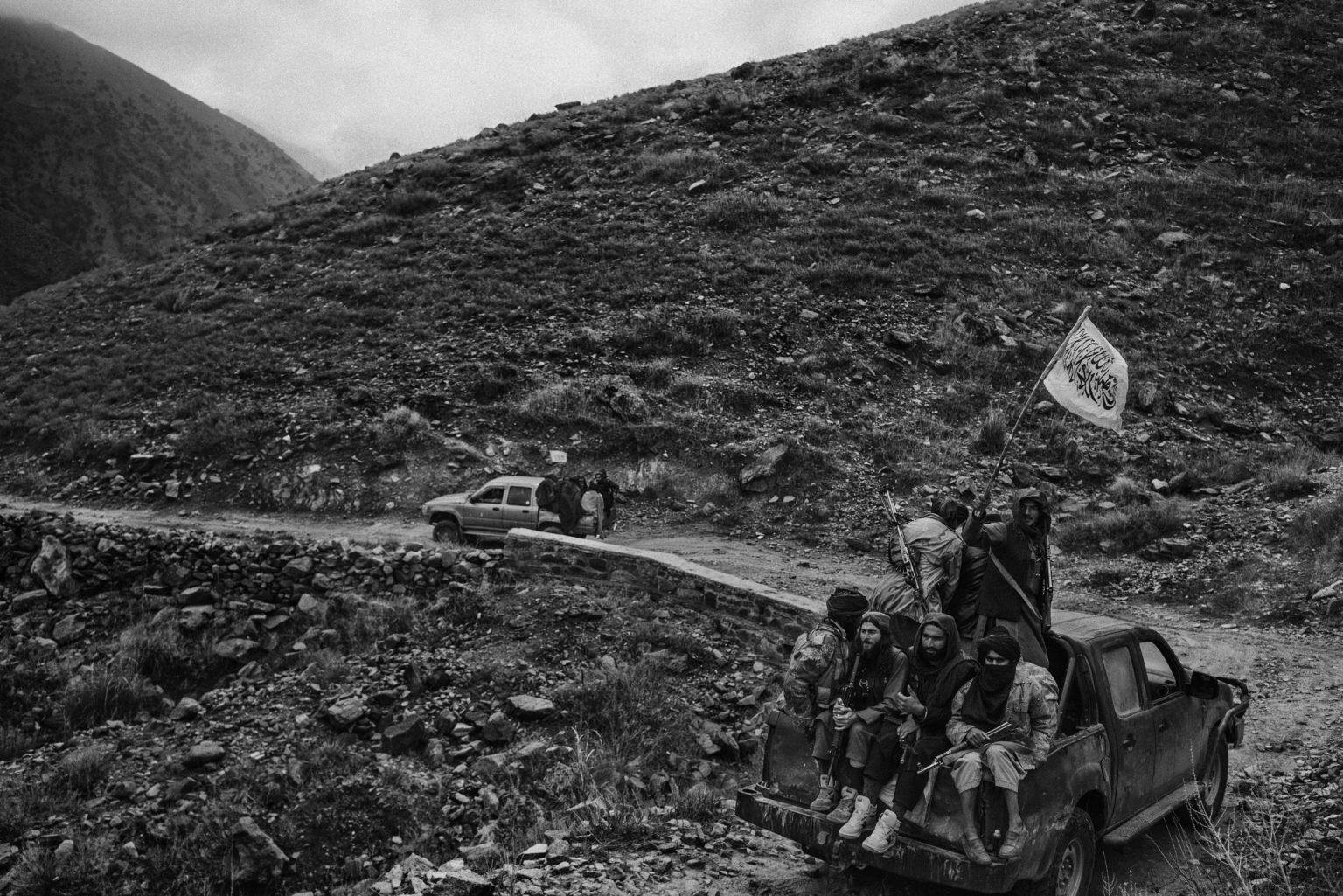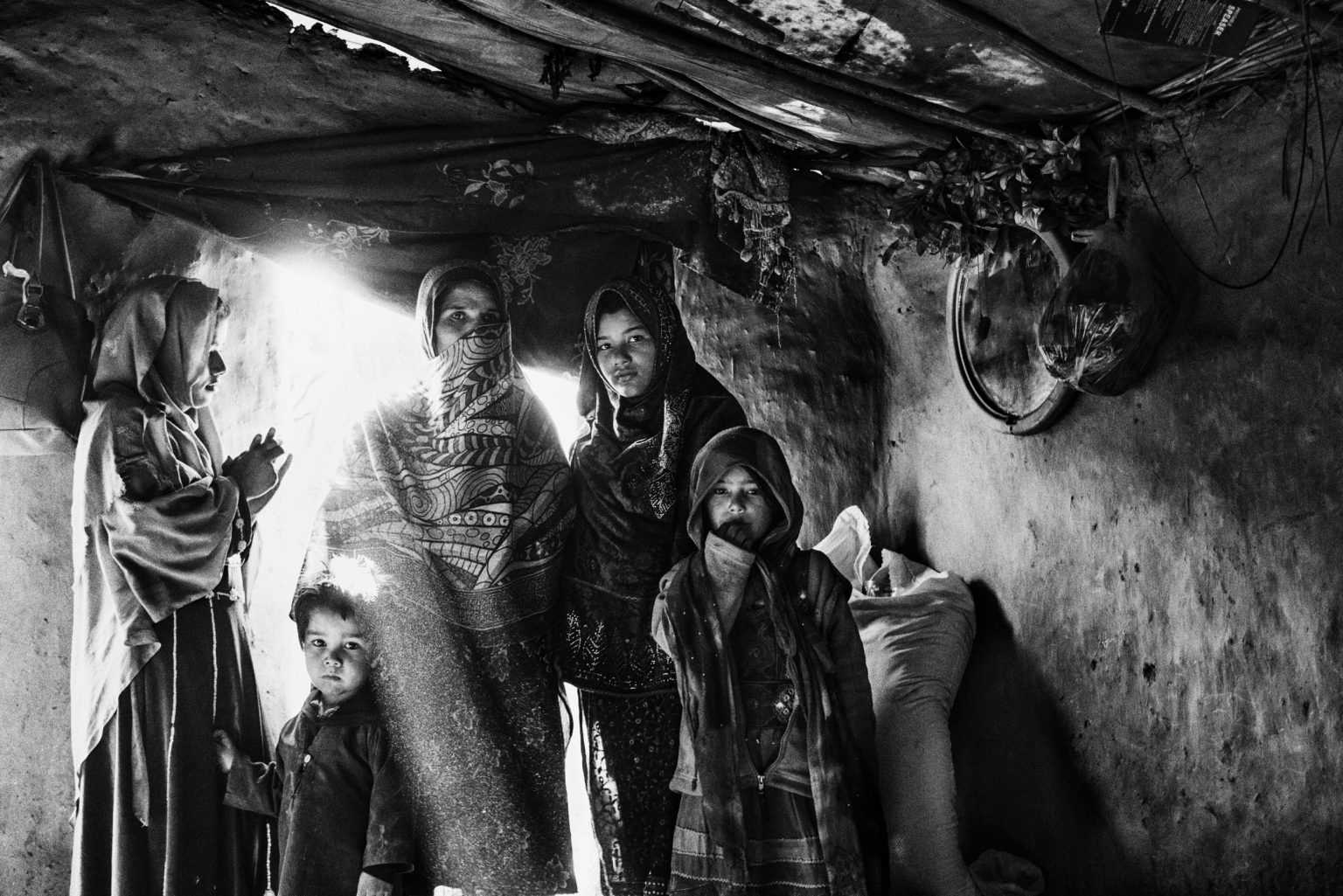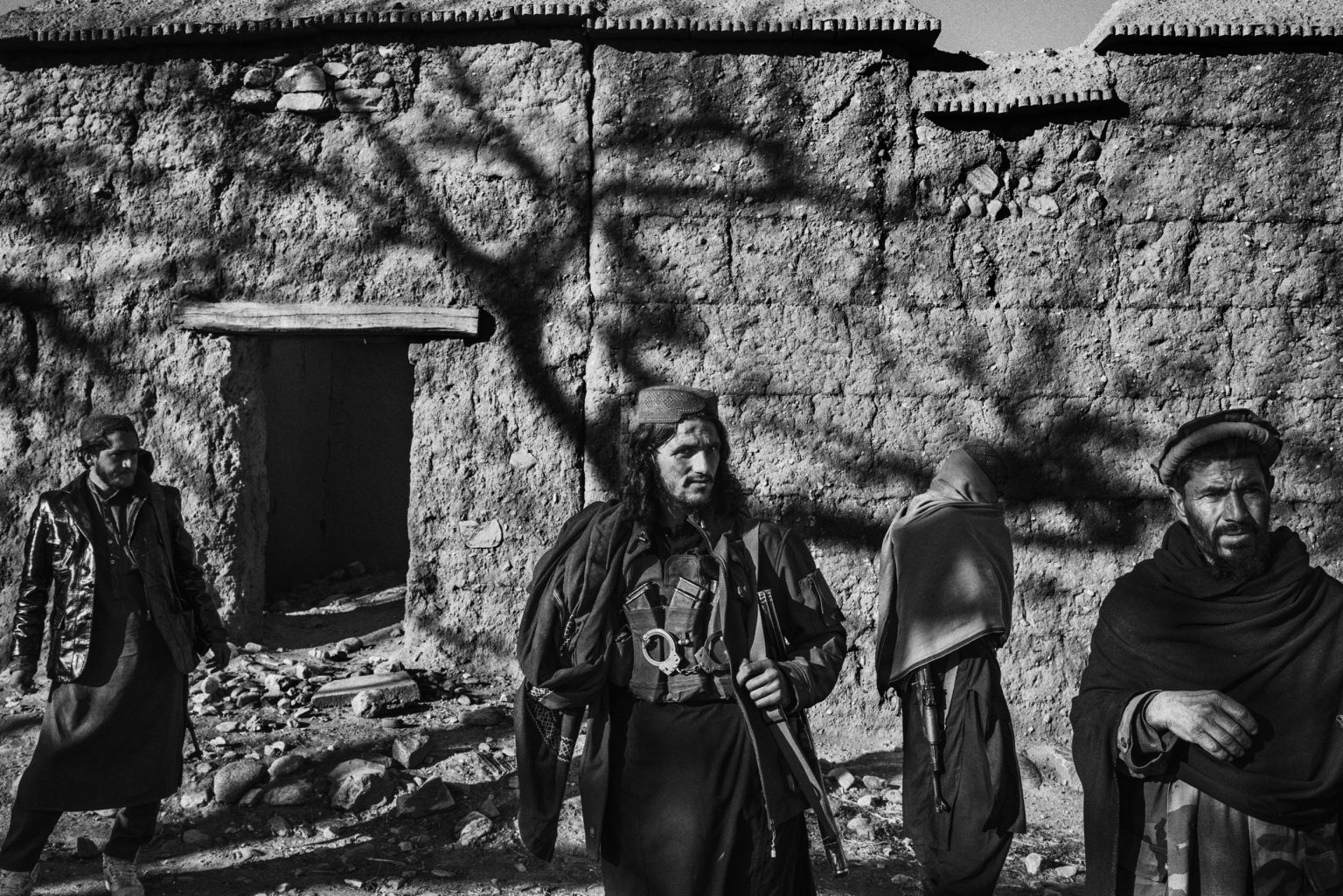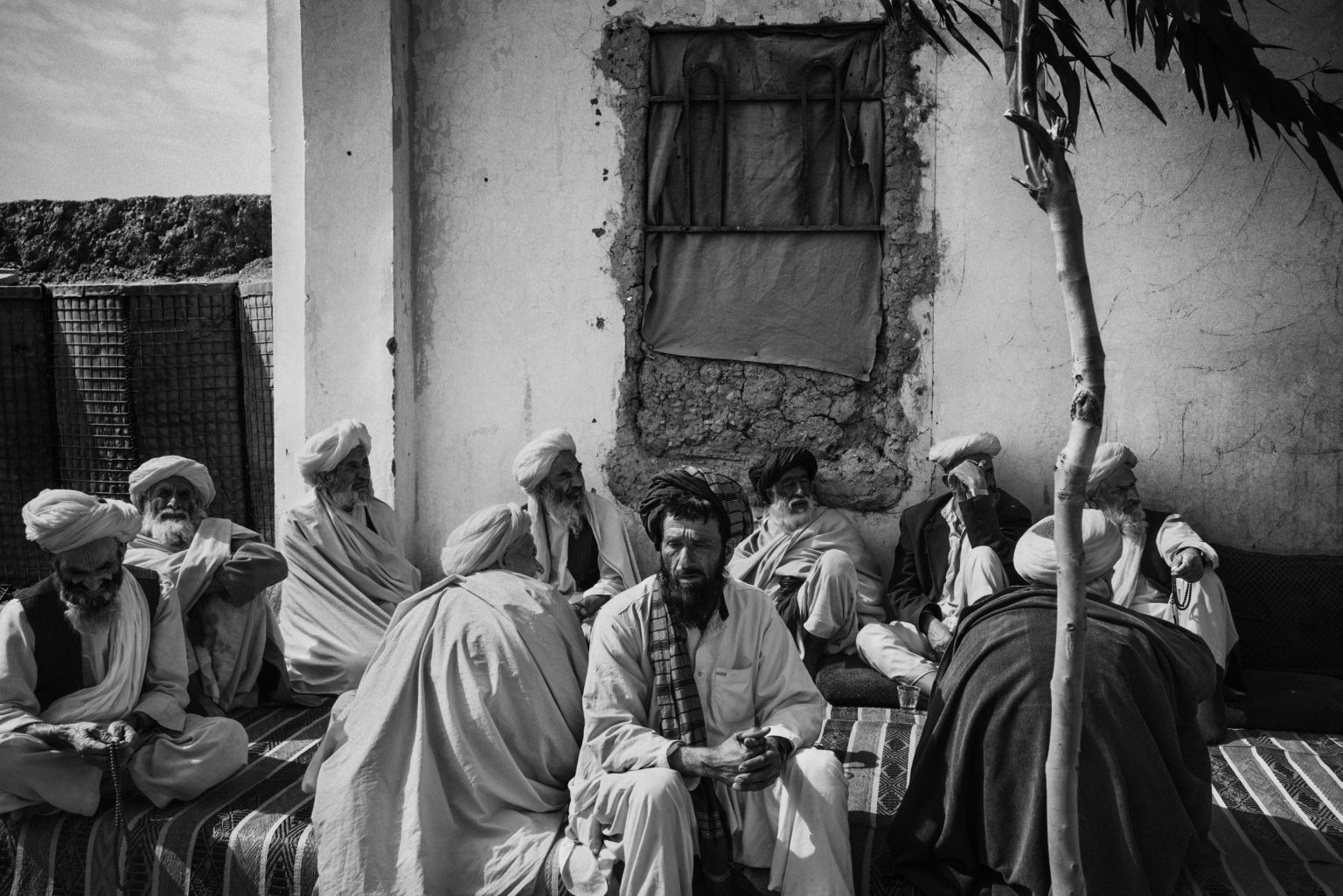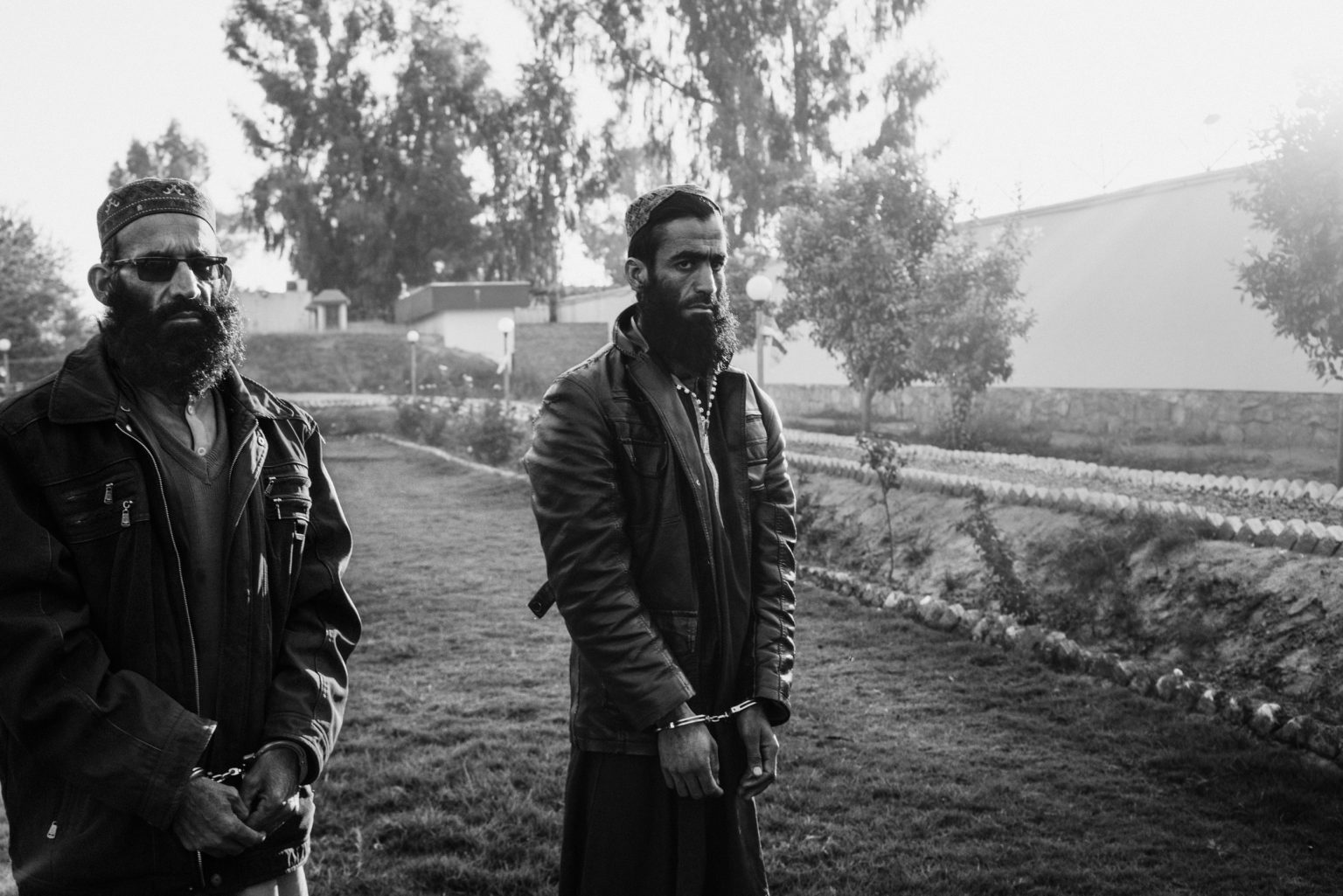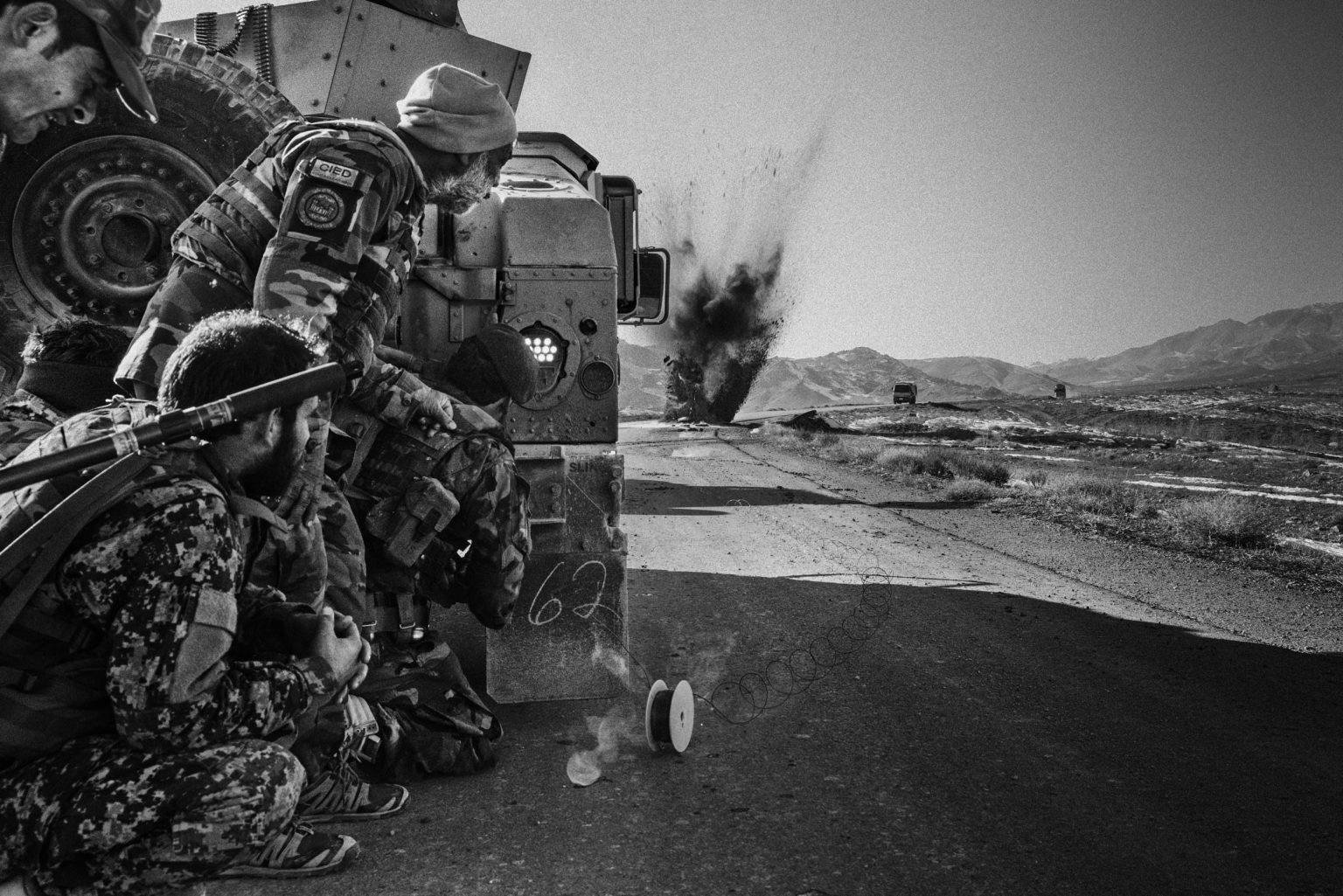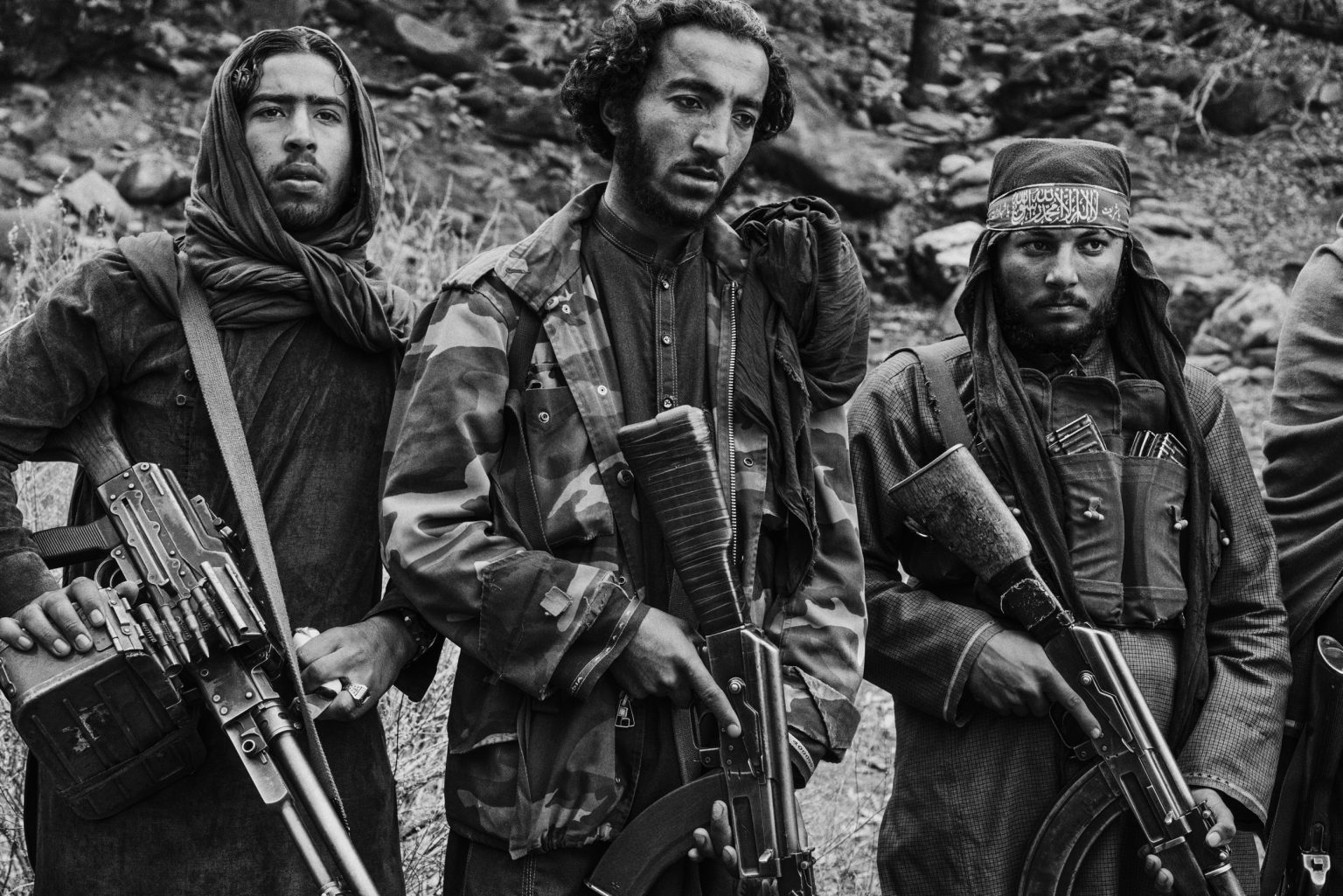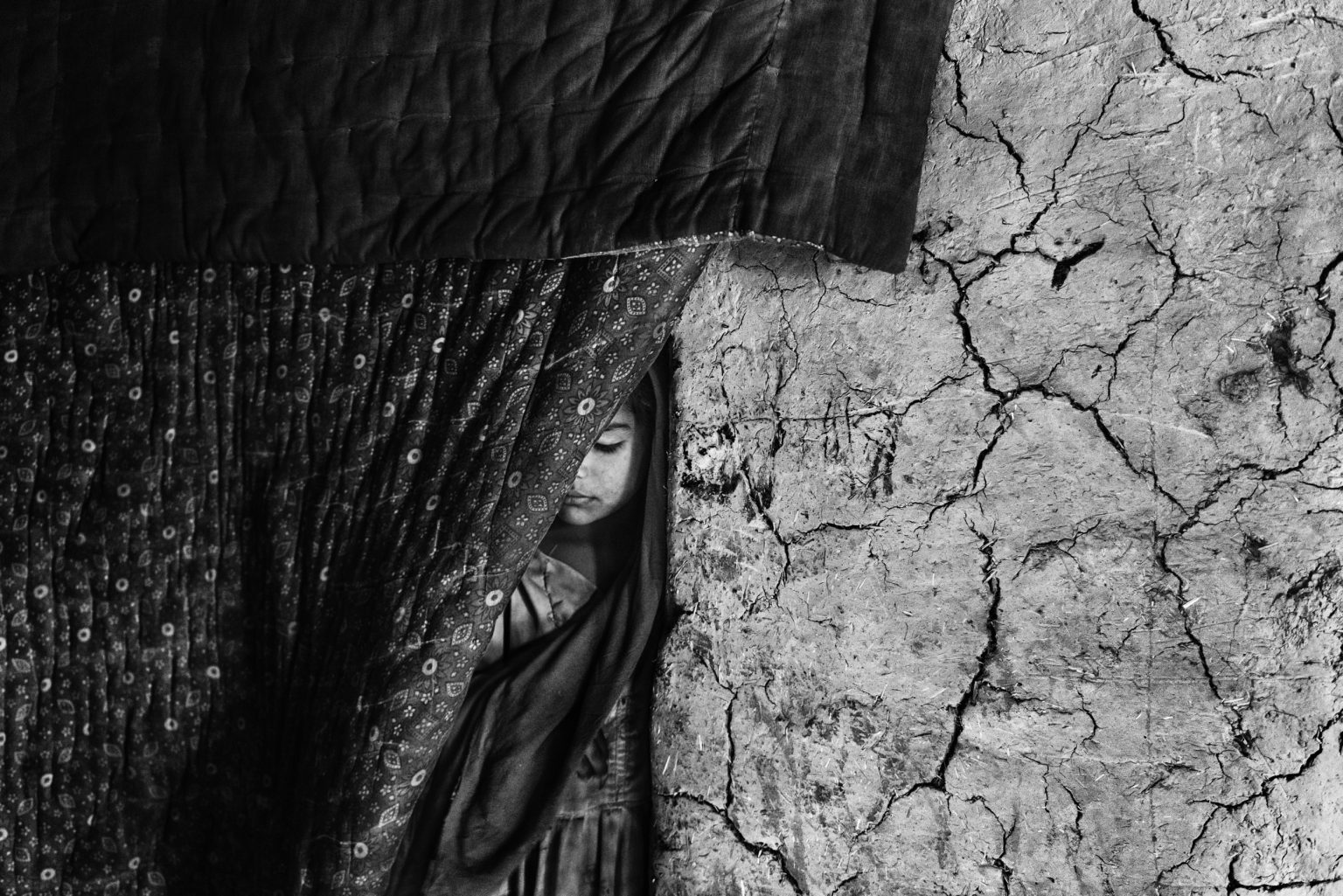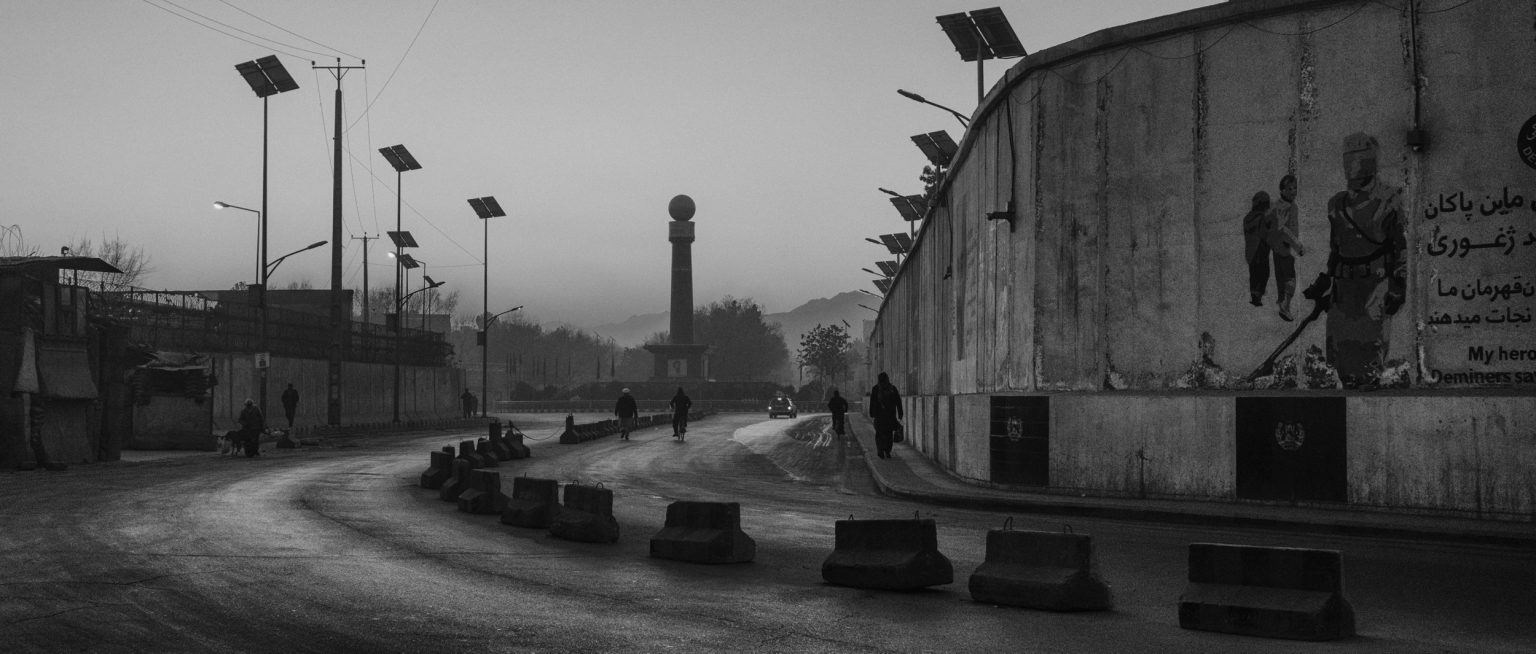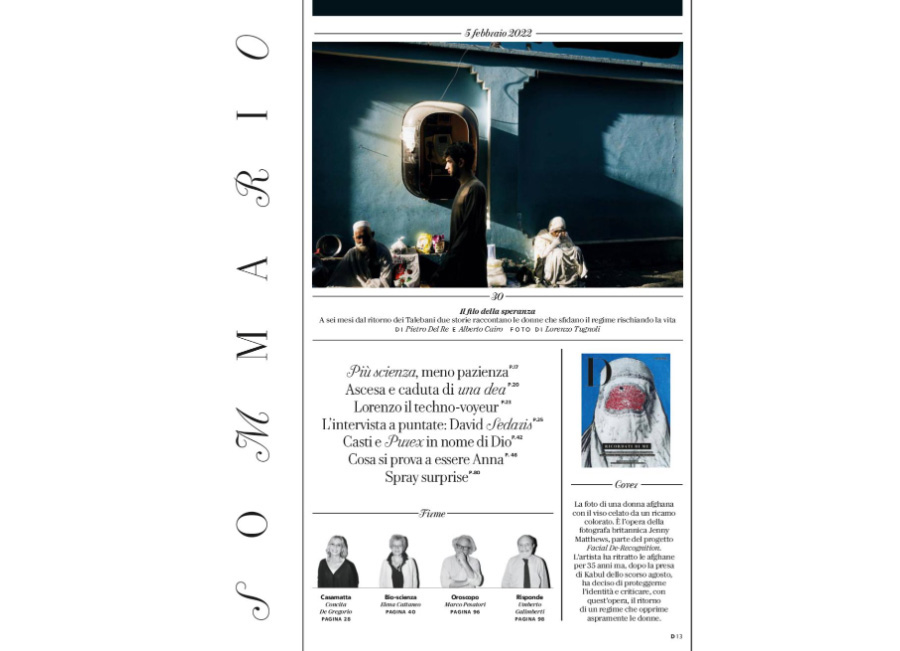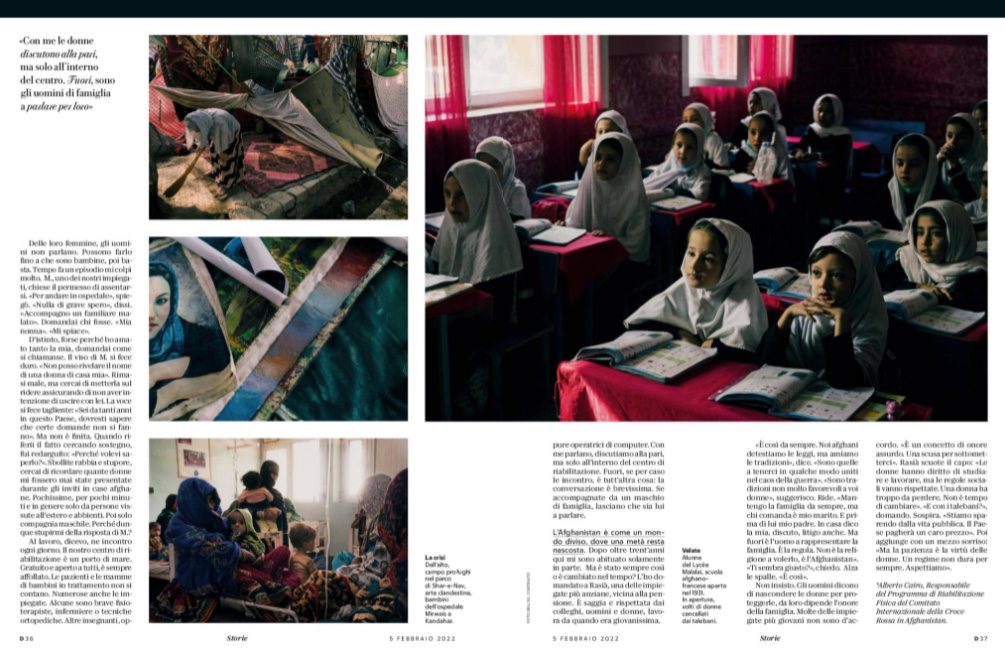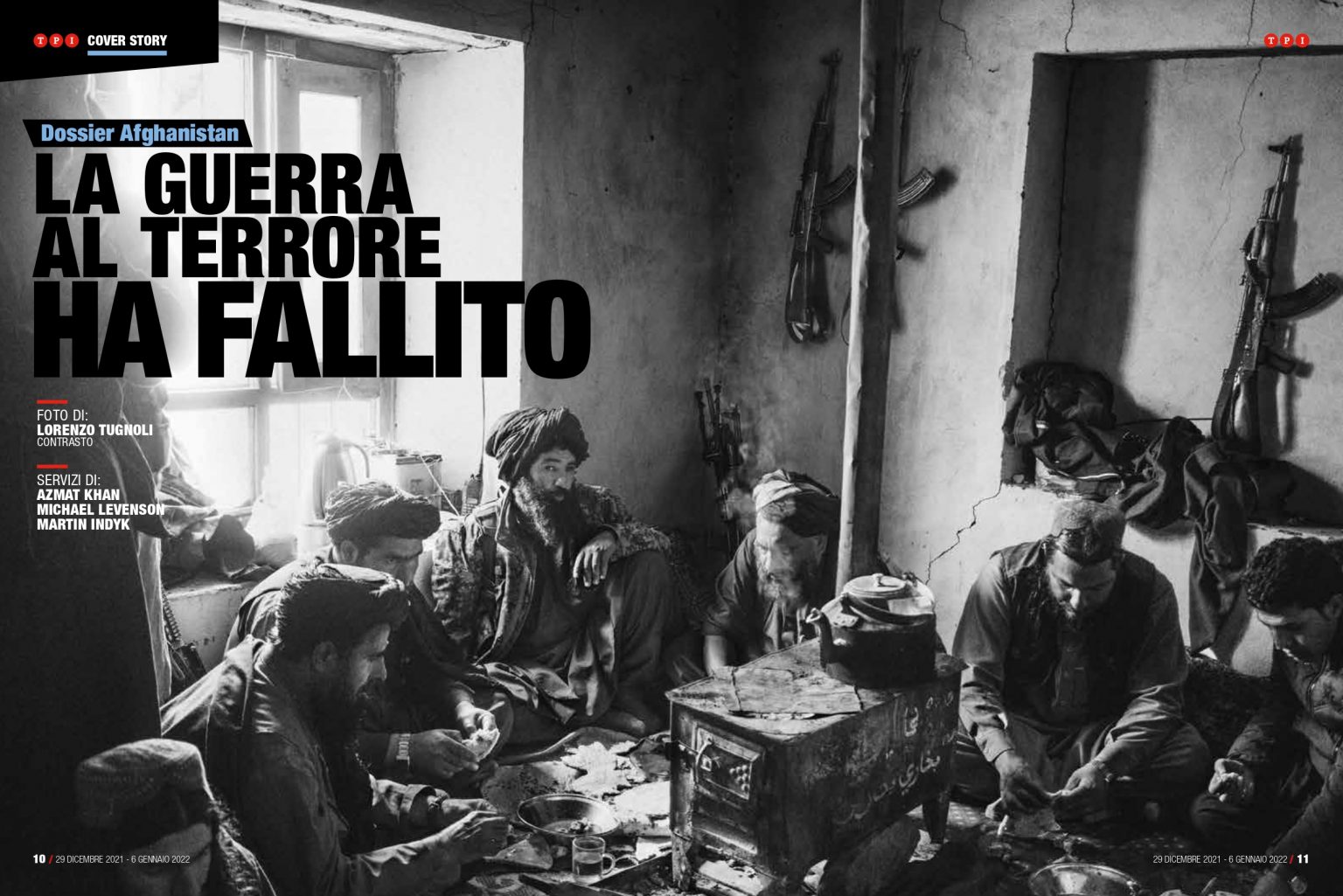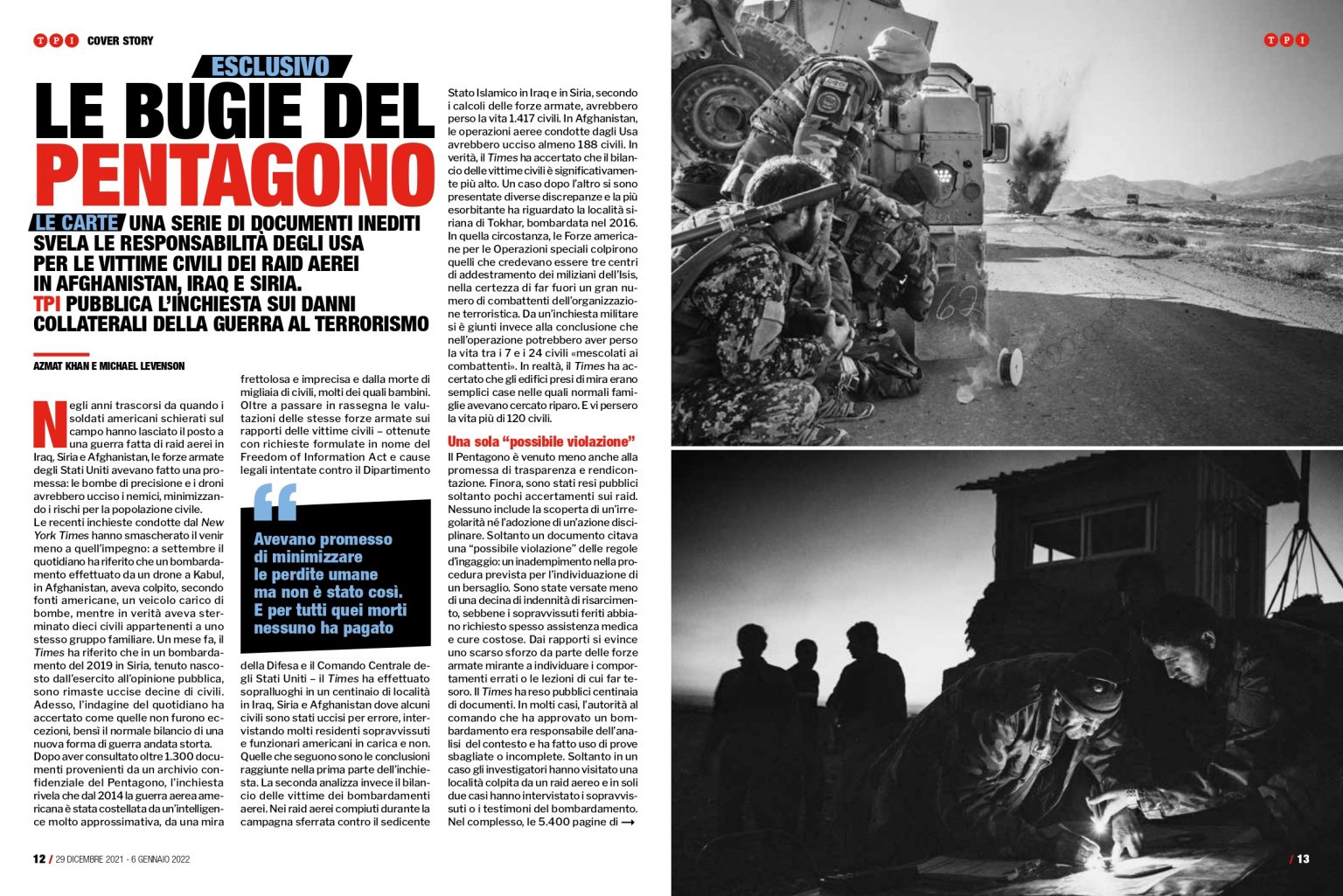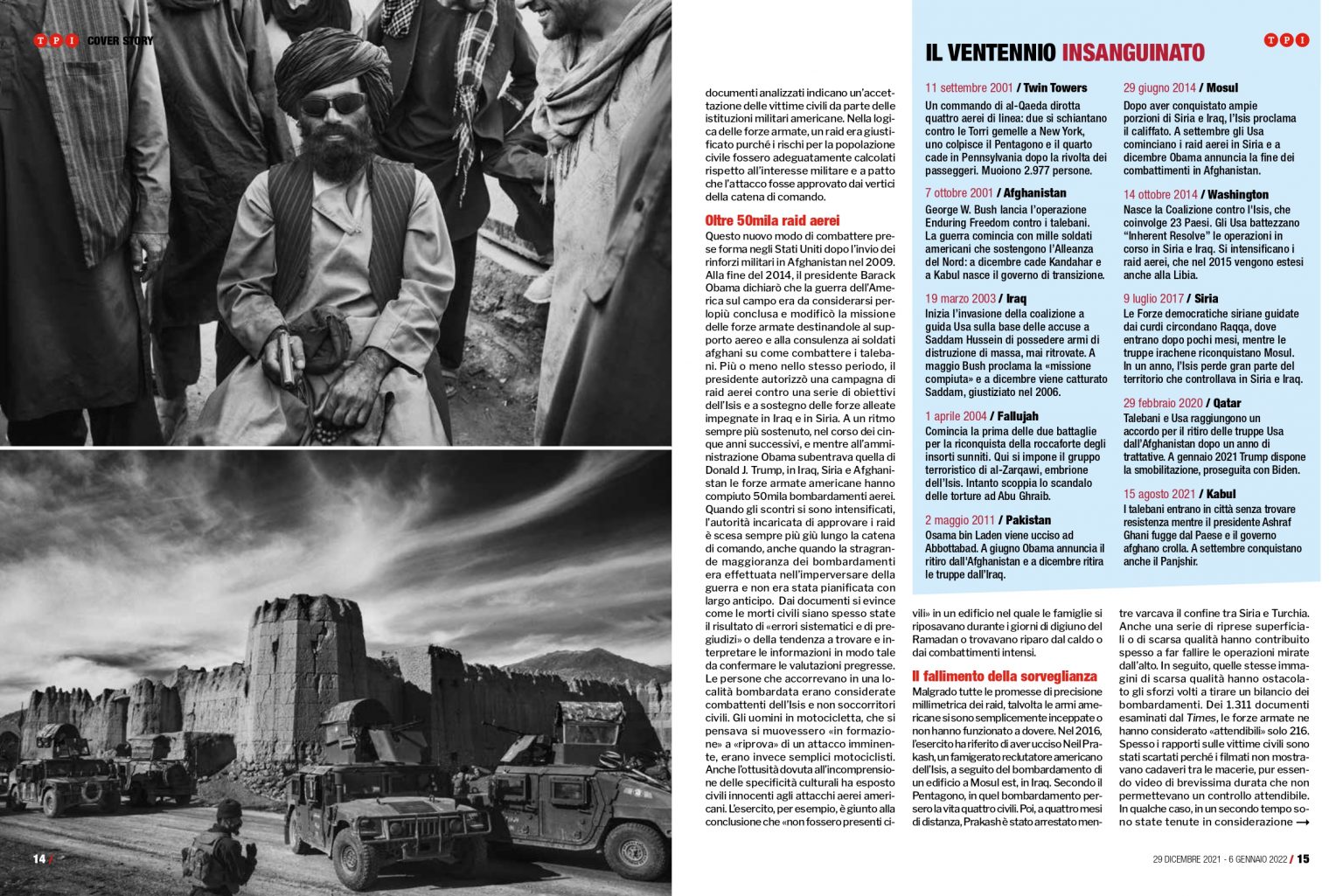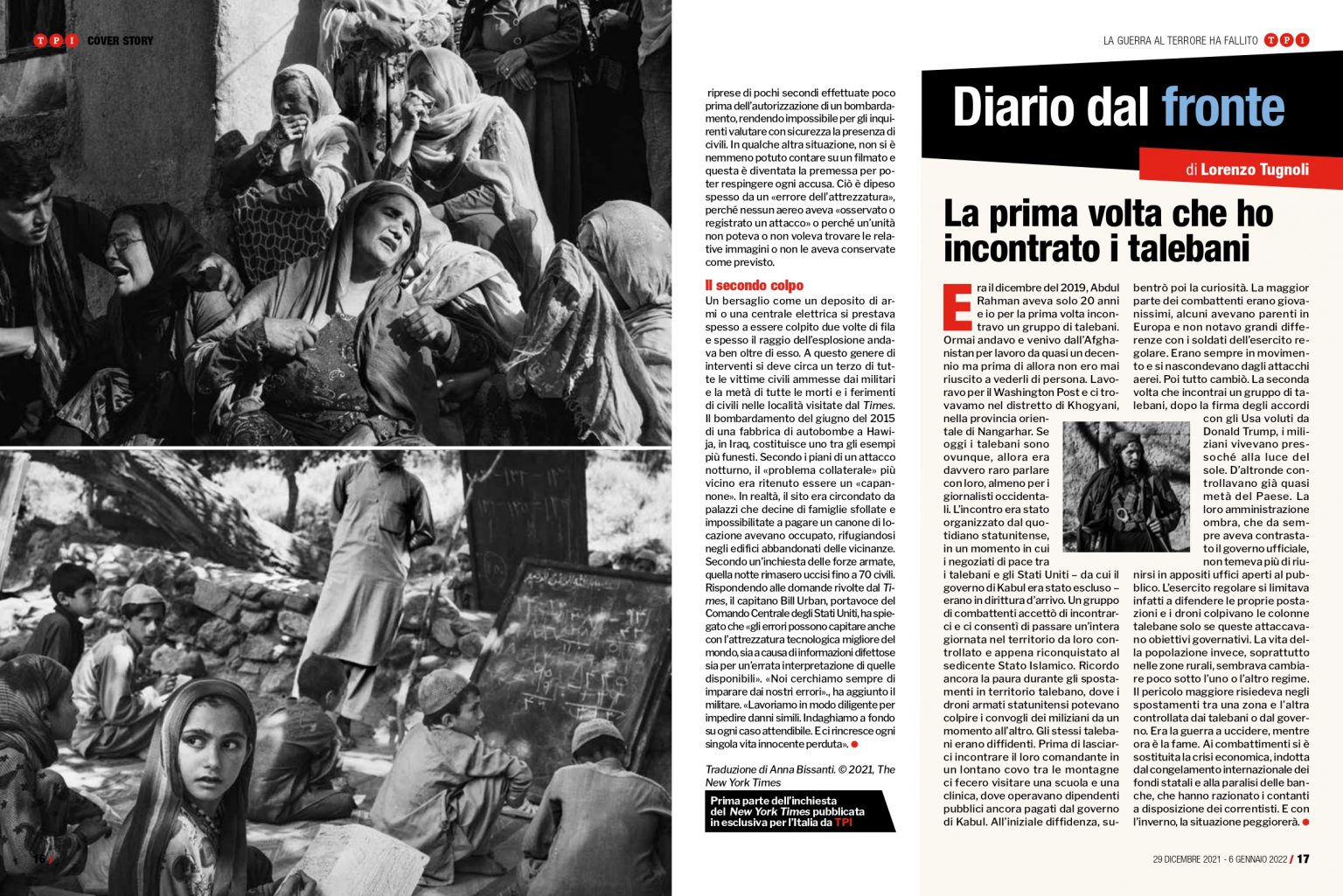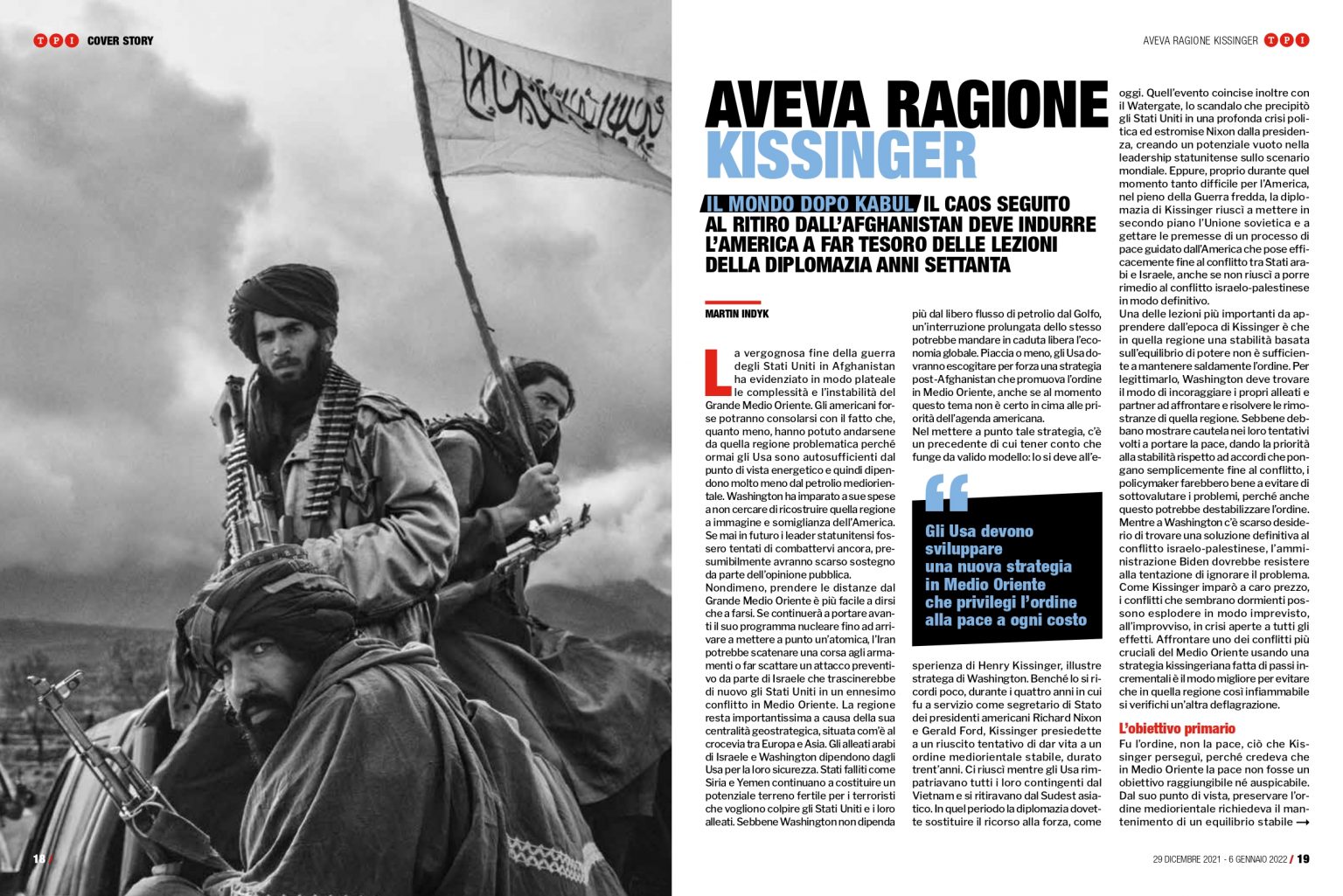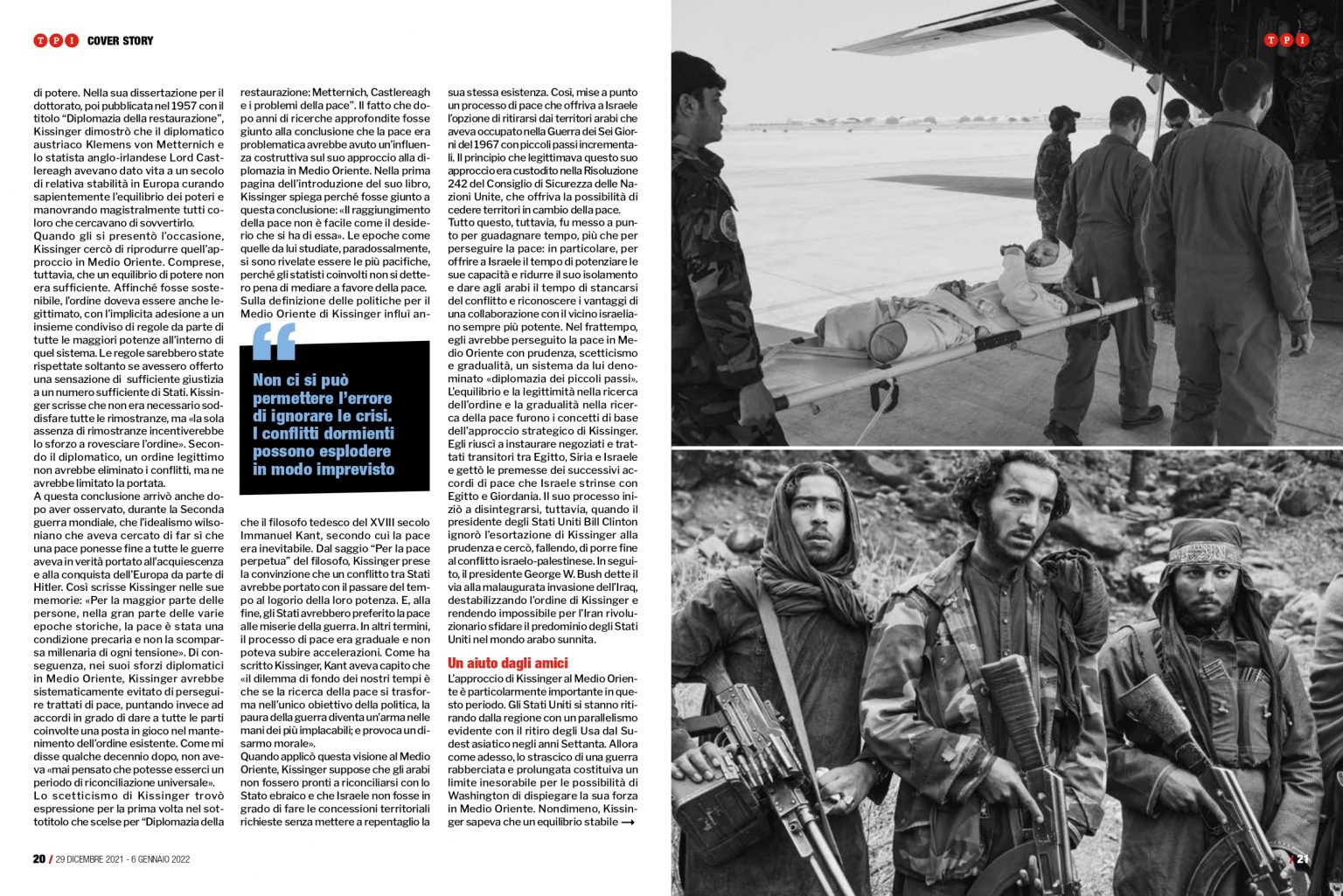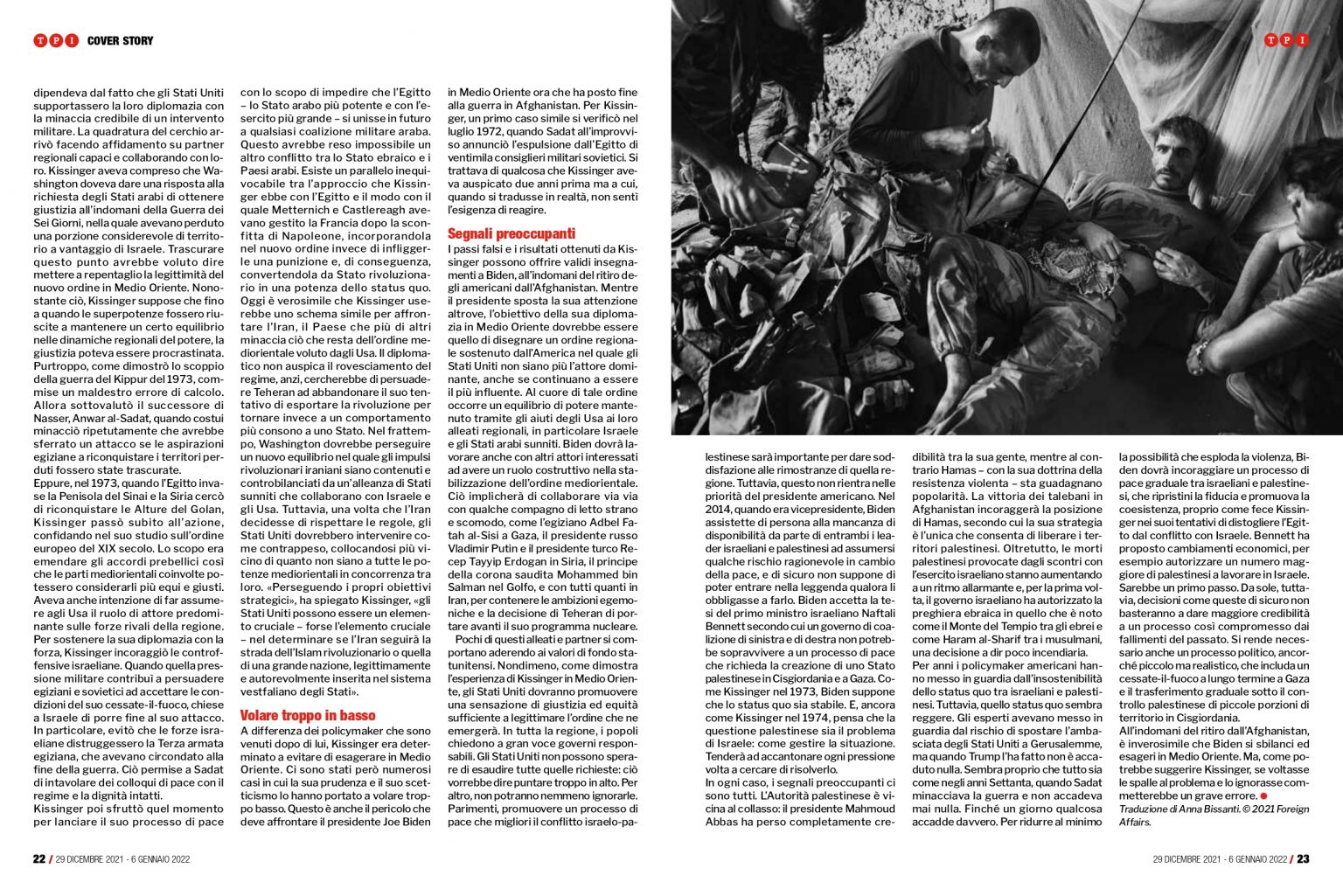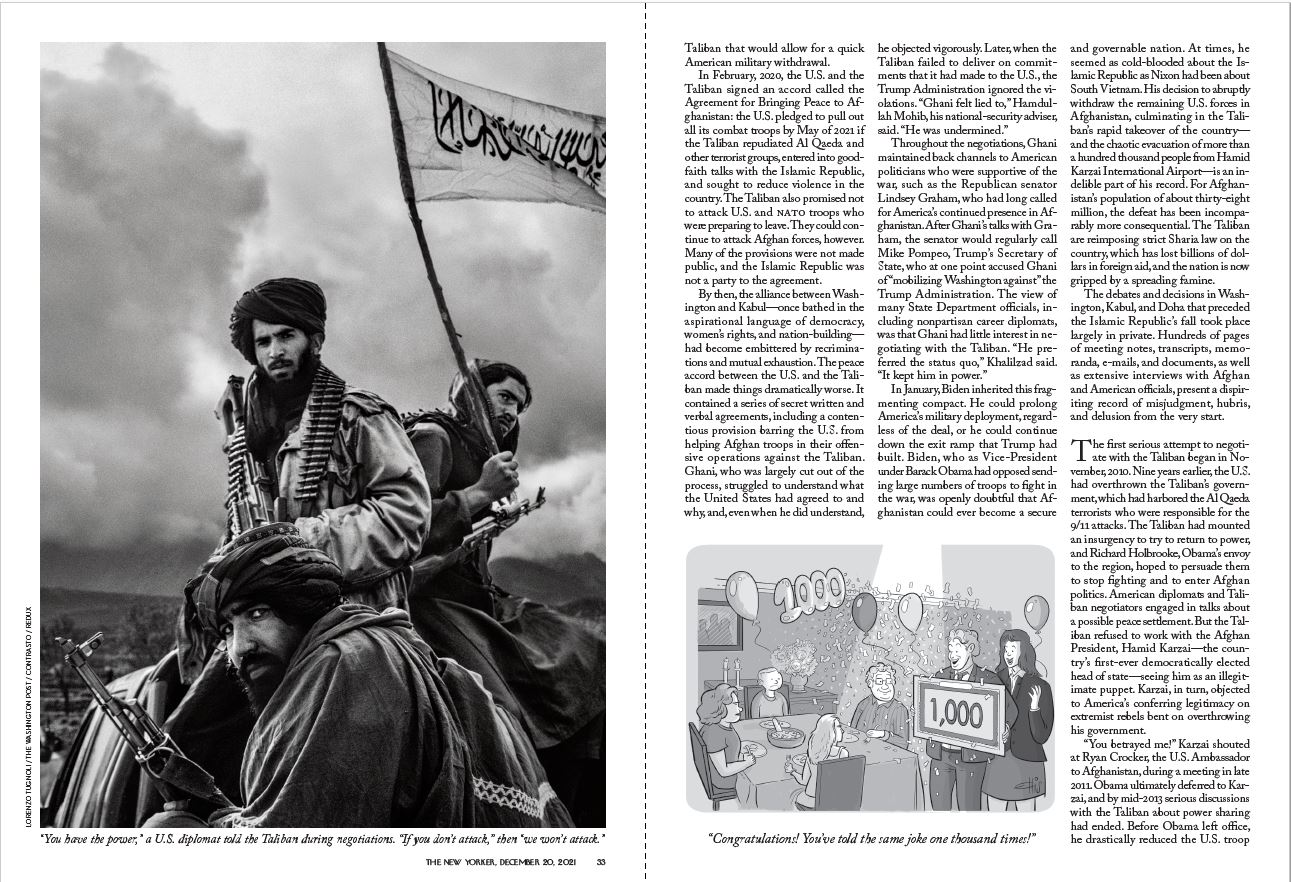Afghanistan: Before and after August 2021
Since the peace negotiations between the US government and the Taliban began, the fighting between the Afghan security forces and the insurgents have escalated as both parties were trying to gain leverage at the negotiating table in advance of direct peace talks.
As the Taliban grew stronger and the main cities were the only areas still under firm government control, a stream of refugees moved closer to urban centers and the Afghan Security Forces suffered heavy casualties in the last effort to prevent the full collapse of the country. This transition revealed the deeply corrupt and clientelist nature of the Afghan state that could not resupply the Army and maintain local authorities’ loyalty. Soon, one province after the other negotiated a surrender to the Taliban.
Many urbanite Afghans now fear the return to the draconian rules that the Taliban imposed during the late 1990s. In turn, the Taliban have been successful in pushing the foreign invader out and now need change guerrilla into governance and morph from a ragtag militia group into a legitimate government.
D – La Repubblica delle Donne, February 5th, 2022
TPI, December 30th, 2021
The New Yorker, December 20th, 2021

